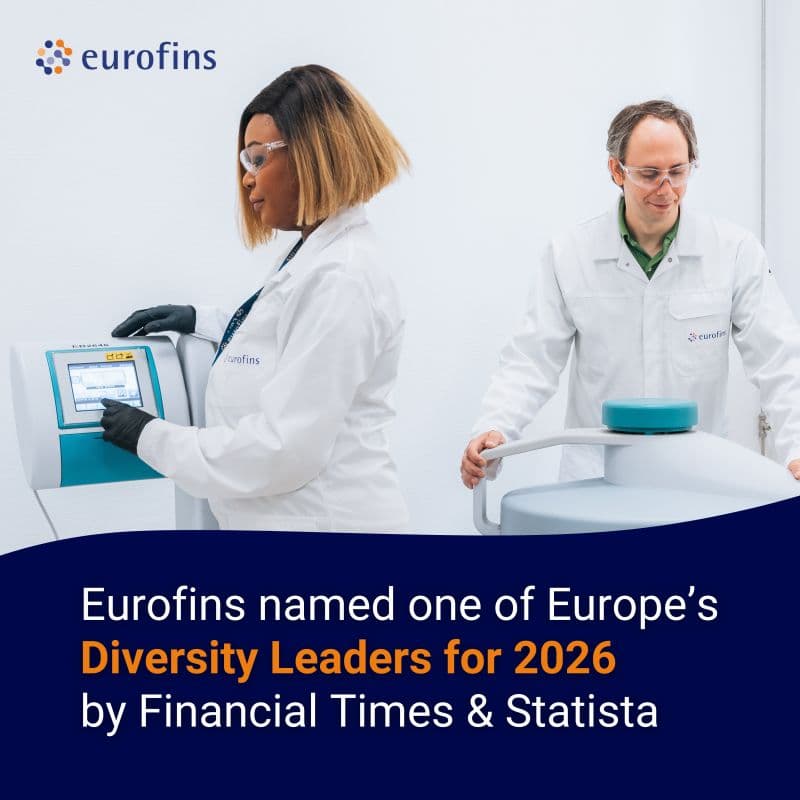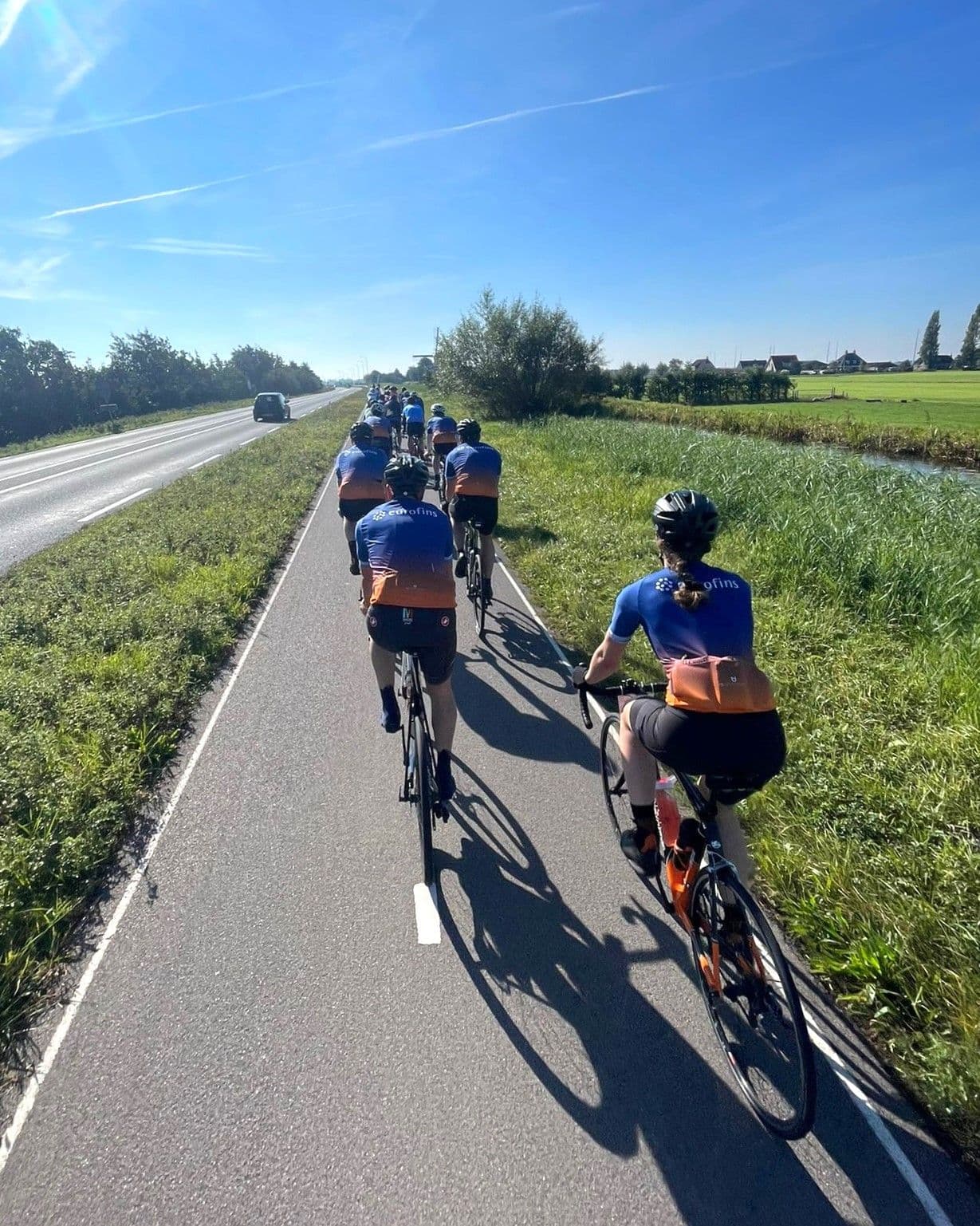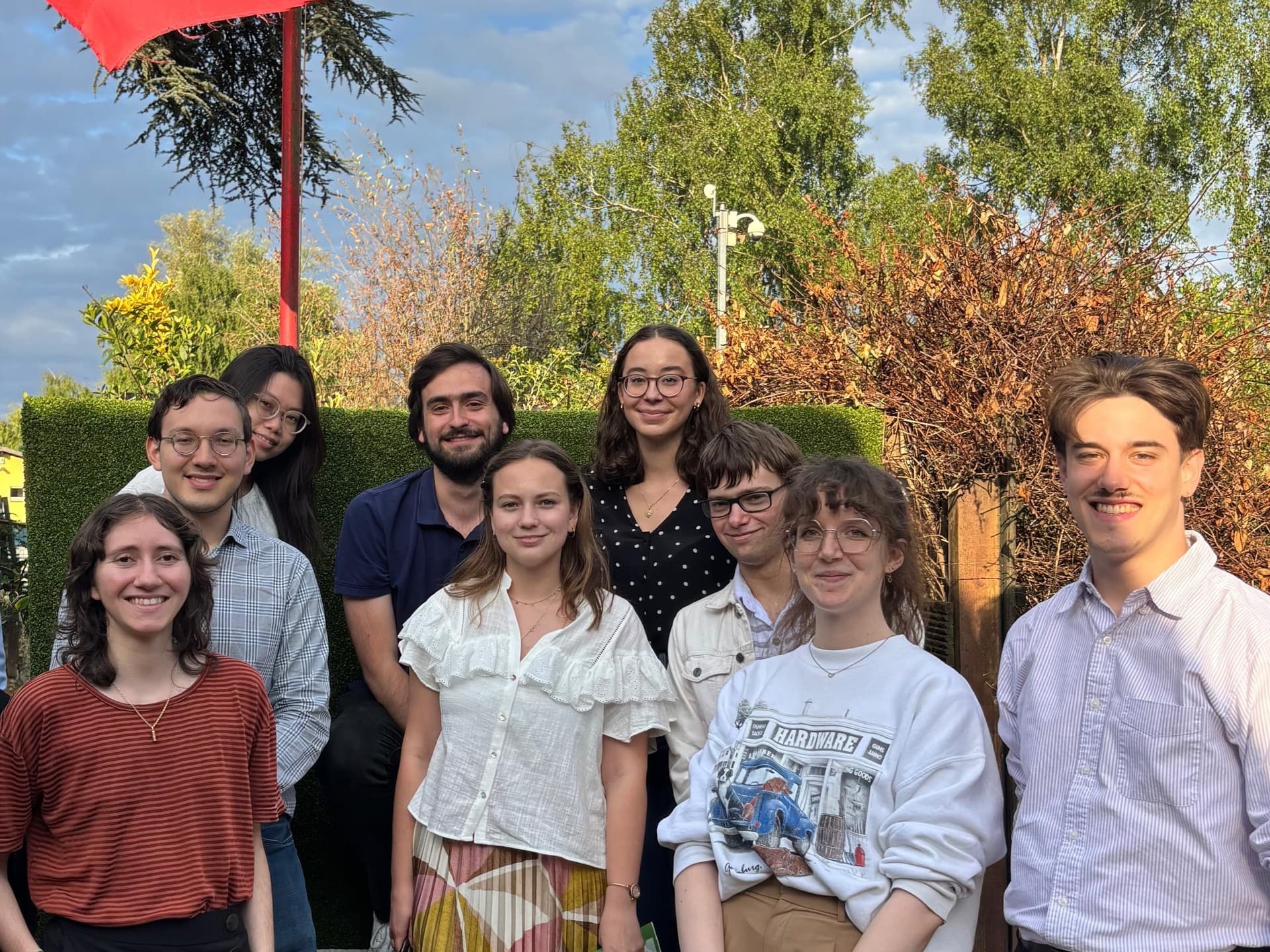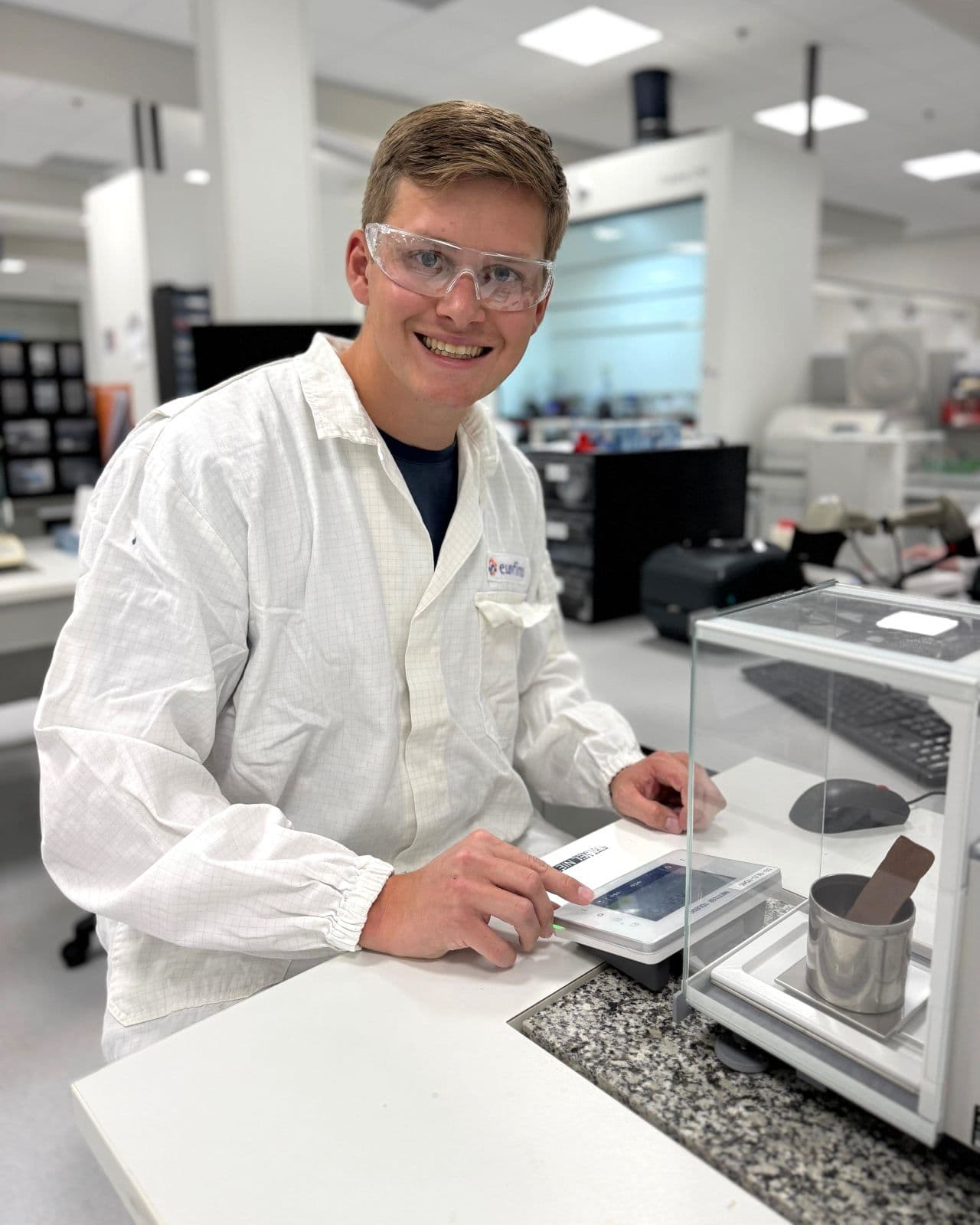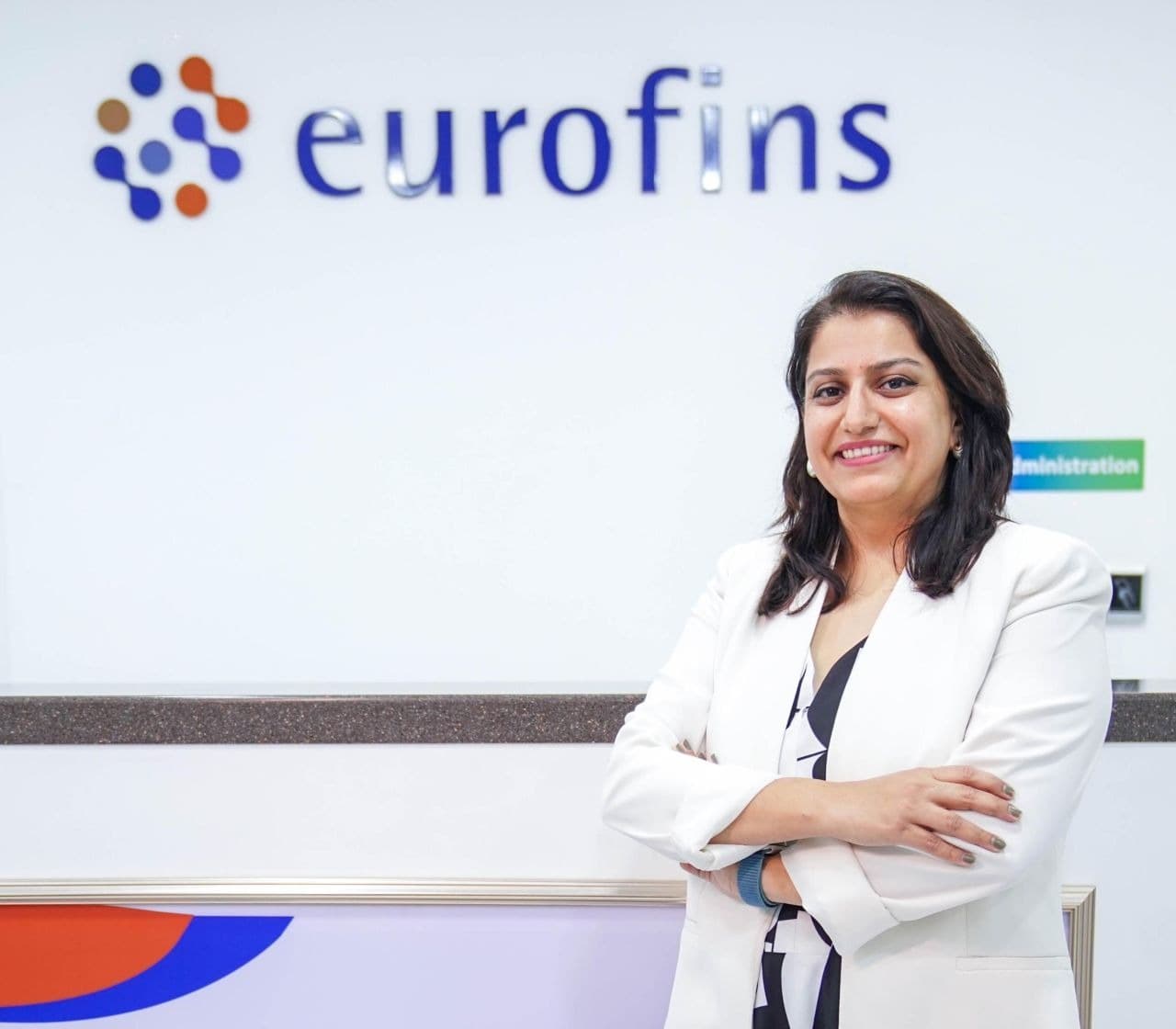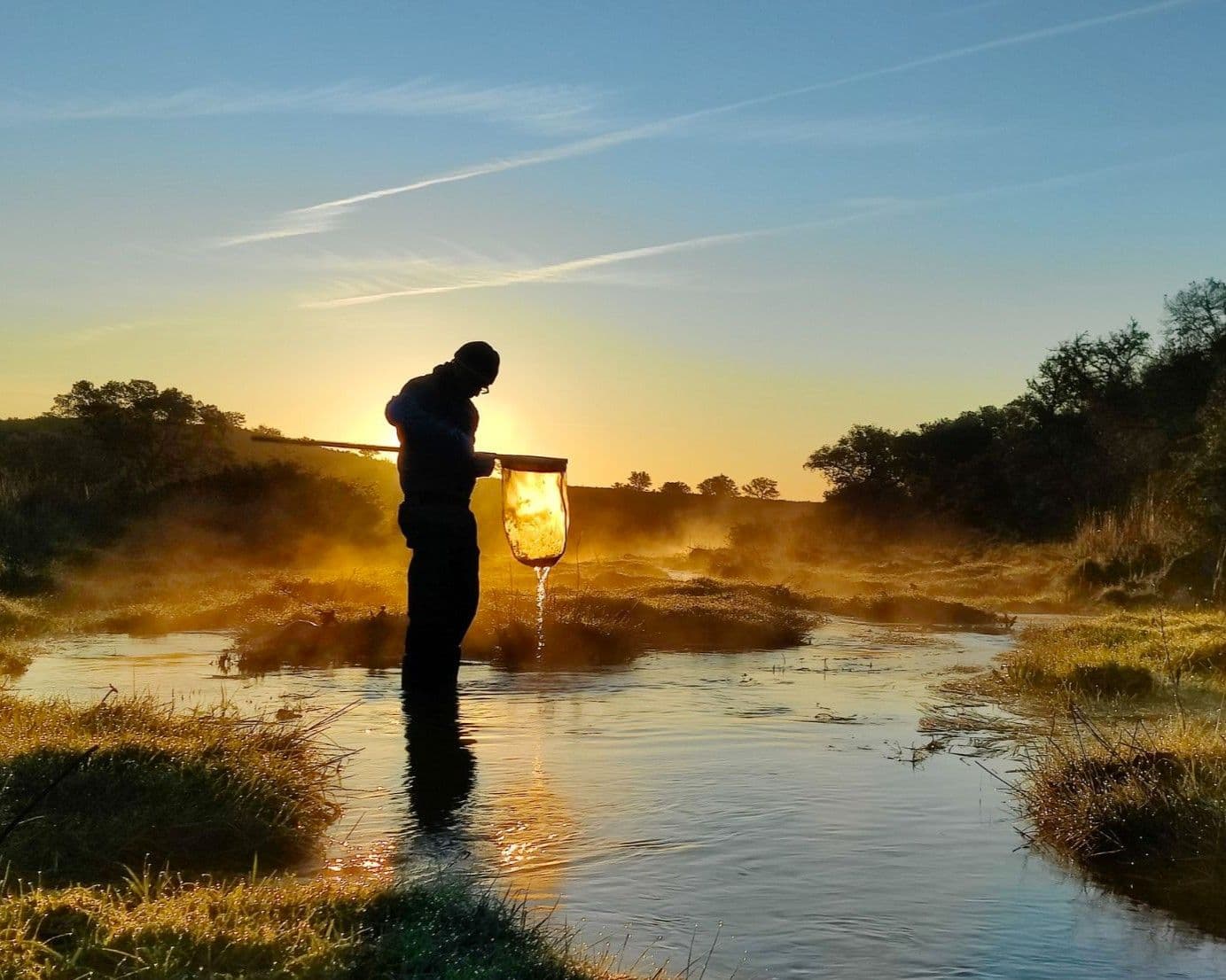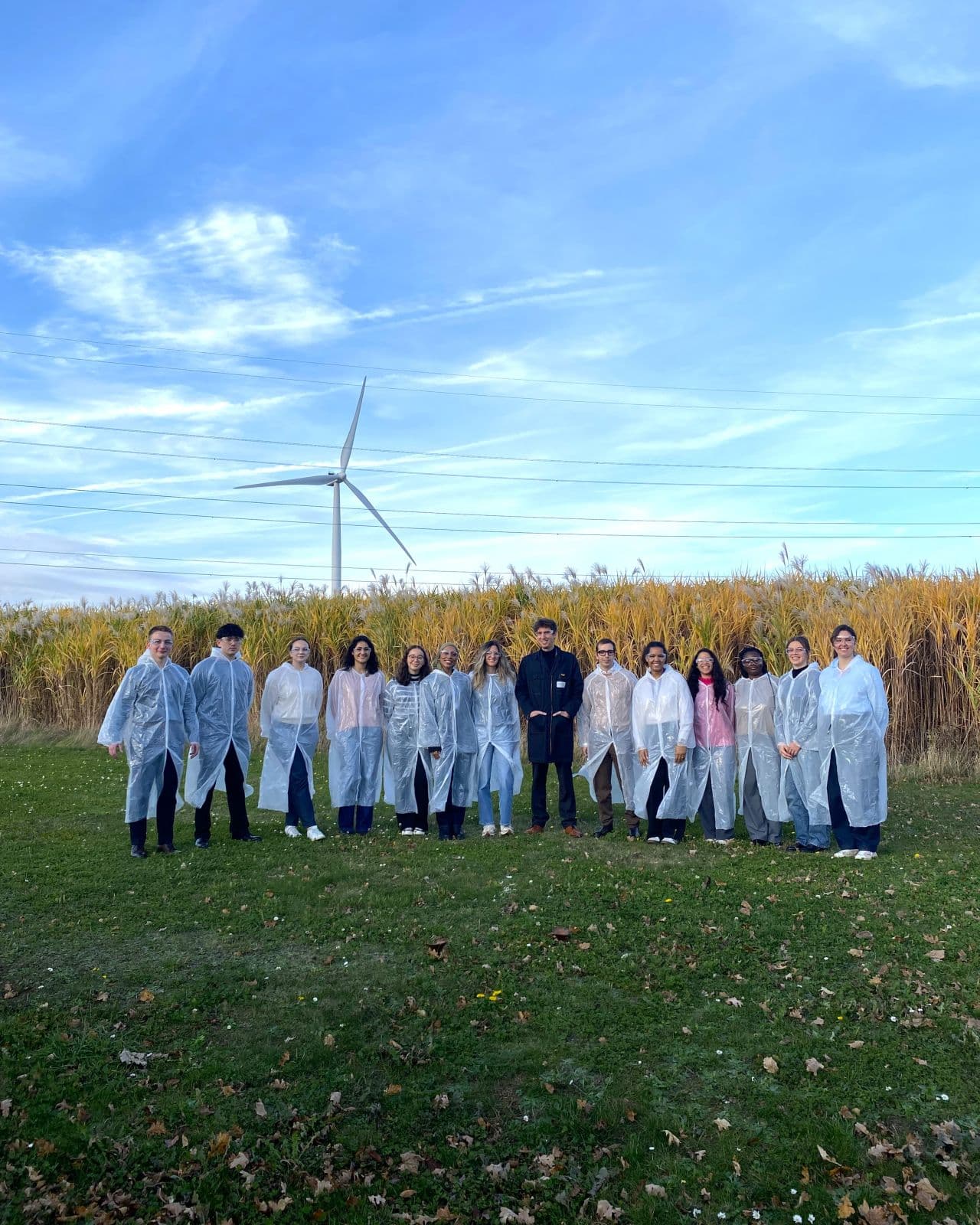
🏎️ Did you know fuels used to power high-performance race cars undergo rigorous analysis in our laboratories?
For a closer look at oil testing in action, interns from the Group Service Centre in Belgium had the opportunity to visit our teams at Eurofins BfB Oil Research near Namur, Belgium. Here, dedicated experts outlined how they assess the purity and environmental impact of various types of oil – ensuring they are sustainably formulated for performance. ⛽ From the motor oil in high-speed cars to the lubricants used to ensure wind turbines run smoothly, their one-of-a-kind expertise is key in making our world a safer place. On top of that, our teams even help ensure common household products are one step closer to obtaining ecological performance labels, like the Ecolabel in Europe. Here’s to teams at Eurofins BfB Oil Research for their incredible work!

